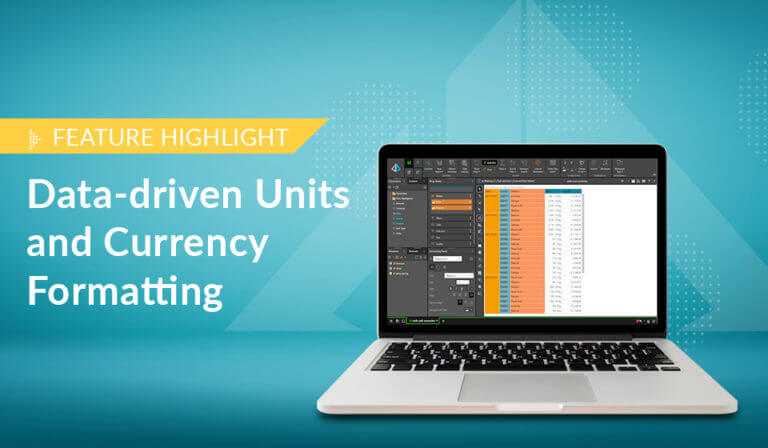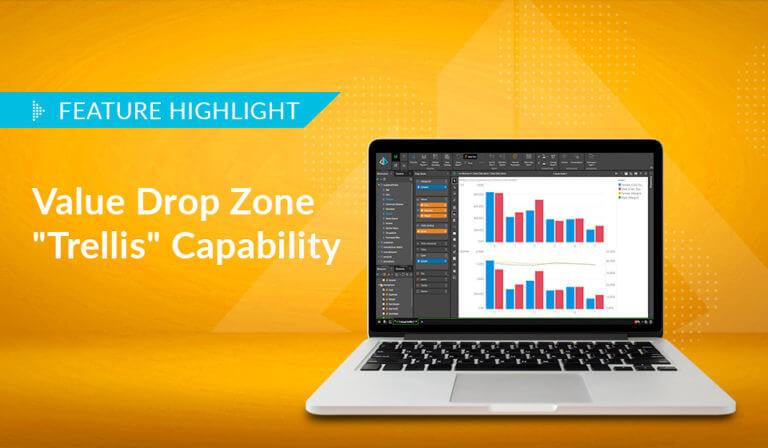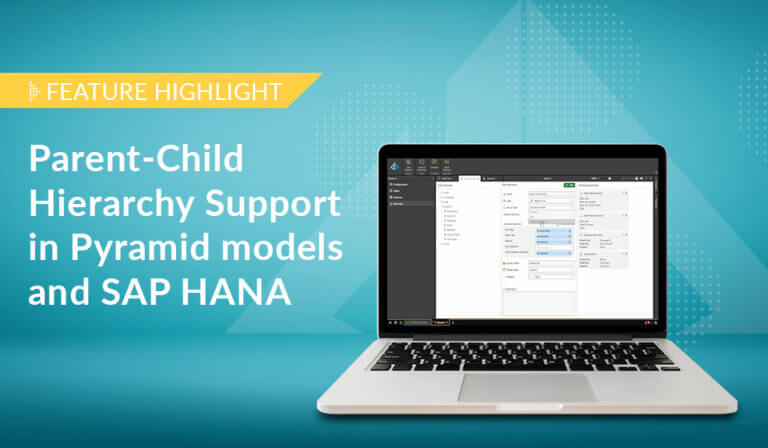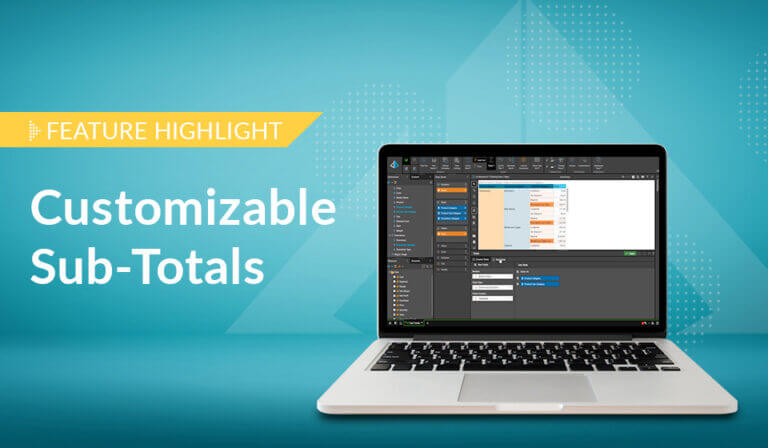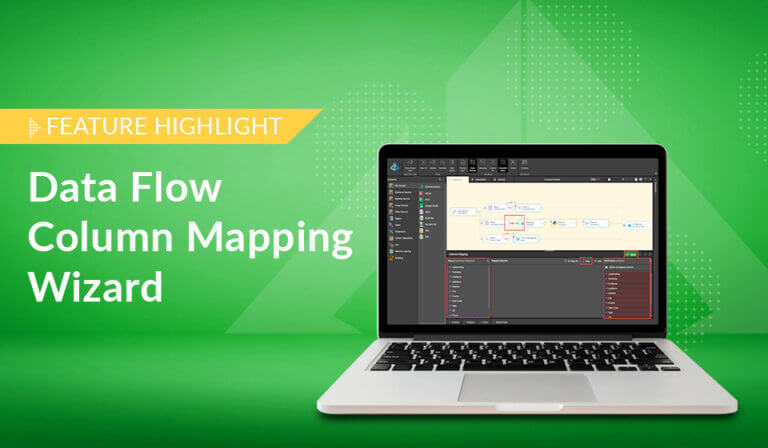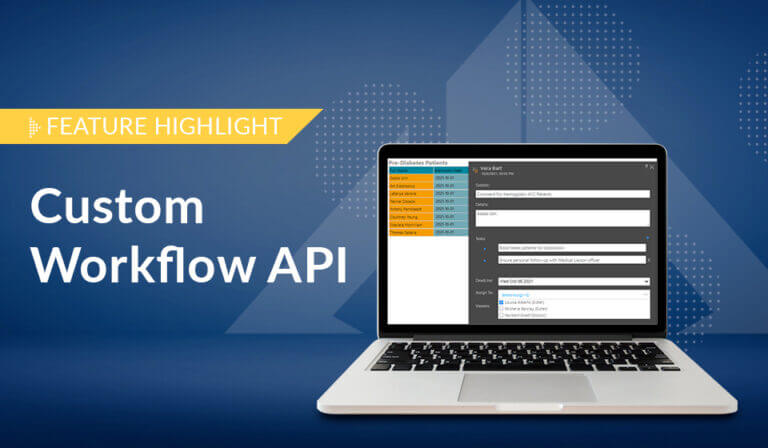- Platform
-
-
Platform
Deploy AI-driven governed self-service experiences for any person and empower anyone – from the C-suite to the frontline – to make faster and more intelligent decisions, and impact financial outcomes.
-
-
- Solutions
- Why Pyramid
-
-
Why Pyramid
We’ve spent a decade pinpointing everything getting in the way of better decision-making and building an end-to-end Decision Intelligence solution that elegantly solves them all.
-
-
- Resources
-
-
Featured Resource
The Future of Analytics on SAP
Running comprehensive analytics across all your SAP investments is challenging. Our free guide can help.
-
-
- Partners






